Home>Ideas and Tips>The Alchemy Of Metallic Paint Finishes
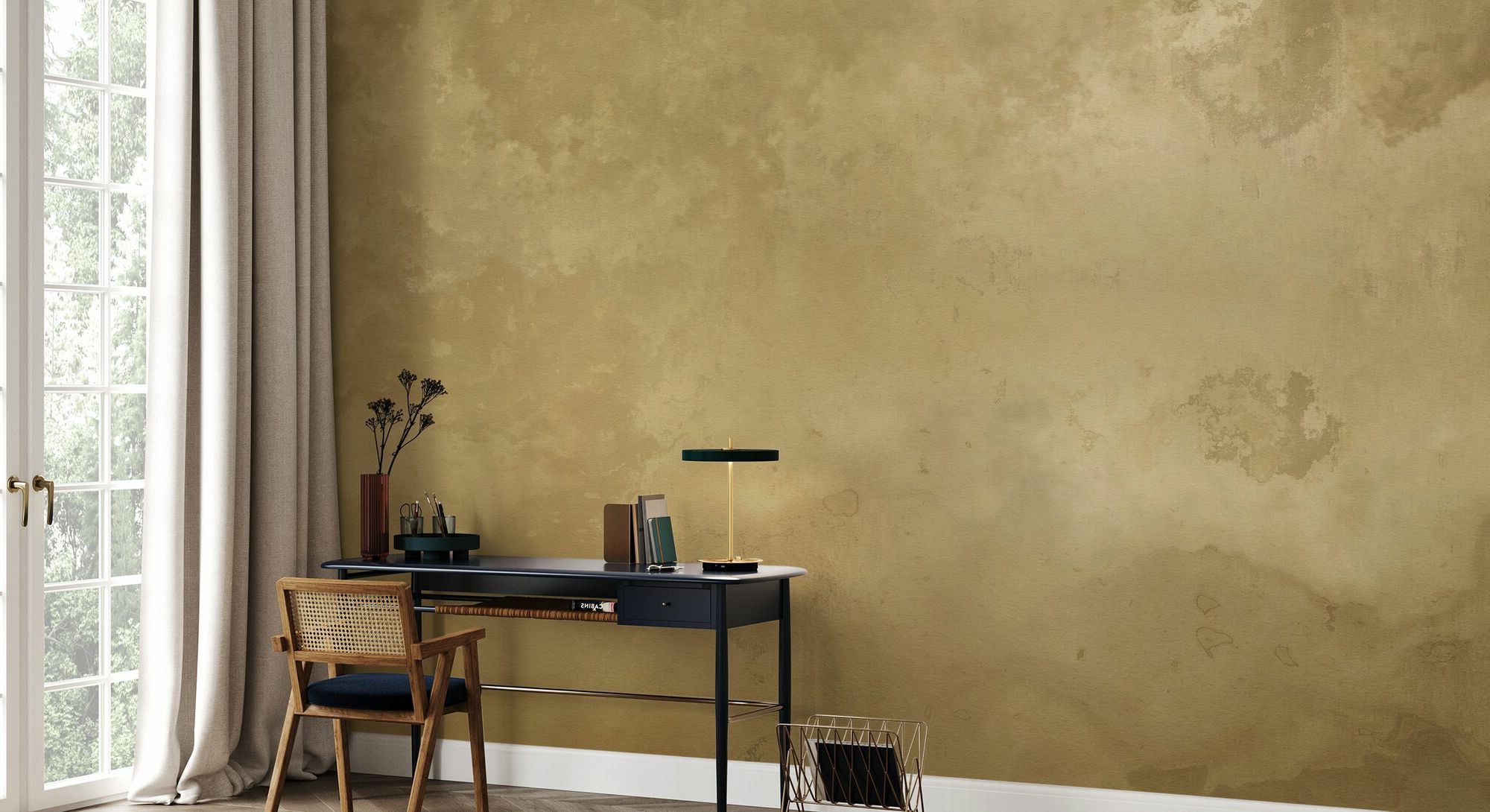

Ideas and Tips
The Alchemy Of Metallic Paint Finishes
Published: October 21, 2024
Discover the transformative power of metallic paint finishes. Learn techniques, history, and tips to create stunning, luminous surfaces in your home.
(Many of the links in this article redirect to a specific reviewed product. Your purchase of these products through affiliate links helps to generate commission for Storables.com, at no extra cost. Learn more)
In the world of home improvement, few elements can transform a space as dramatically as metallic paint finishes. These finishes, which involve the use of metallic powders or pigments, can turn ordinary walls into extraordinary showpieces. From the ancient art of creating pigments from metal flakes to the modern techniques of mixing metallic powders with various mediums, the alchemy of metallic paint finishes is a fascinating journey that combines art, science, and creativity.
The History of Metallic Paints
The use of metallic paints dates back to the Bronze Age, where artisans created pigments from actual metal particles such as copper, zinc, and aluminum. These early pigments were often mixed with glue made from animal hides to create a durable and long-lasting finish. Over time, the process of grinding these metal flakes has been perfected, allowing for the creation of very small particles that can be suspended in various mediums like glazes, lacquers, oil or acrylic varnishes, waxes, and even liquefied glass.
Types of Metallic Paints
Metallic paints come in a variety of forms and finishes. The type of finish is largely determined by the size of the metal flakes used. Coarse powders produce brilliant finishes, while fine powders result in duller finishes. This versatility allows metallic paints to be used on a wide range of surfaces including metal, primed drywall, textured surfaces, Venetian plaster, and more.
Applications of Metallic Paints
Metallic paints are not limited to any particular surface or application. They can be used in both interior and exterior projects, as well as in commercial and residential settings. Larry Neuberg, owner of Gold Leaf and Metallic Powders (GLMP), emphasizes that any surface will accept a metallic finish, making them highly versatile.
Mixing Metallic Powders
One of the key challenges in working with metallic powders is knowing which product to use to achieve the desired effect. Mixing your own metallic powders requires a true understanding of what you're working with. Metal powders are made from actual metal particles, while mica powders are made from mica and natural earth pigments that are chemically colored for light fastness.
When mixing metallic powders, it's crucial to avoid using water-based clear coats. Metals are reactive and will oxidize over time, resulting in unwanted patinas. For example, copper will turn green, bronze will go to greenish-black, and aluminum and zinc will turn black. Mica powders, on the other hand, are non-reactive and can be mixed with any medium without worrying about an unwanted patina.
Preparation Techniques
To ensure a smooth and even application of metallic powders, it's essential to prepare the powder first by making a slurry with an appropriate thinner. This helps prevent the powder from clumping or flying into the air during agitation, which can create air bubbles.
For instance, when using a water-based glaze as a medium for mica powders, first make a paste of the mica powder and denatured alcohol (not water), then mix the paste into the glaze. Use lacquer thinner with lacquer; mineral spirits with oil varnish; turpentine with waxes.
Read more: Paint Finishes For Ceilings Explained
Creating Patinas
Creating a patina is an art form that requires experience and a bit of alchemy. Metal powders produce a patina when oxidized with corrosive acids, bleach, or vinegar. For example, mixing copper powder with vinegar creates a green tarnish; pale gold powder and vinegar make a greenish-gray effect; brass mixed with cupric nitrate and ammonium chloride produces a bluish-green patina.
The longer the powder is exposed to the solution, the more intense the color will be. This process involves experimentation and careful tracking of proportions and timing to achieve good results. Manufacturers' technical advisers can provide guidance, especially if products from different manufacturers are being used on one project.
Modern Techniques and Products
In recent years, there has been a surge in the development of specialized metallic paints and tools. Companies like The Artisan Company offer two-part systems that allow for mixing the perfect amount of metallics as needed, providing the longest possible shelf life. Their Illuminator product activates and fuses with Artisan Metallic Concentrates to create strong, high-quality luminous metallic finishes.
The Artisan Company is known for its luxury DIY products and bespoke looks in interiors. They use advanced machinery with exact accuracy measured within less than a quarter of a milliliter and custom formulations that cannot be replicated by machines. Their FLOWplus technology allows their paints to mold and flow effortlessly, making them ideal for creating intricate designs.
Artistic Applications
Metallic paints have also been used in various artistic applications beyond home improvement. Andy Warhol, for instance, employed oxidation techniques to create iridescent canvases using only metallic gold ground. He invited friends and acquaintances to urinate onto the canvas to cause oxidation, which reacted with the copper to form mineral salts. This process involved a big element of chance and mystery but resulted in stunning works of art.
Warhol's oxidation paintings showcased how primal means could be used to create something beautiful. The process required artistic skill to avoid turning the canvas into a complete muddle. Warhol's collaboration with others achieved good design despite the unconventional method.
Challenges and Solutions
While working with metallic paints can be rewarding, it also comes with its challenges. One common issue is ensuring that the metallic powders are properly mixed before application. Scale75's metal colors, for example, require shaking thoroughly before use due to their tendency to settle at the bottom of the bottle. This problem can be solved by adding agitator balls or using a drill machine with a bend wire piece for mixing.
Another challenge is the drying time of these paints. Scale75's colors dry fast on wet palettes due to their matte finish, which can be frustrating for artists. However, this issue can be easily solved by painting them immediately.
Read more: Paint Finishes For Bathrooms Explained
Conclusion
The alchemy of metallic paint finishes is a complex yet fascinating process that combines historical techniques with modern innovations. From ancient artisans grinding metal flakes to modern-day manufacturers developing specialized products, the art of creating metallic finishes has evolved significantly over time.
Whether you're looking to transform your home with stunning metallic walls or create unique works of art using oxidation techniques, understanding the alchemy behind these finishes is crucial. With the right techniques and products, you can unlock the full potential of metallic paints and achieve extraordinary results.
In conclusion, metallic paint finishes are not just about applying paint; they are about mastering an art form that requires patience, creativity, and a deep understanding of the materials involved. By embracing this alchemy, you can turn any space into a masterpiece that reflects your unique style and creativity.
Was this page helpful?
At Storables.com, we guarantee accurate and reliable information. Our content, validated by Expert Board Contributors, is crafted following stringent Editorial Policies. We're committed to providing you with well-researched, expert-backed insights for all your informational needs.
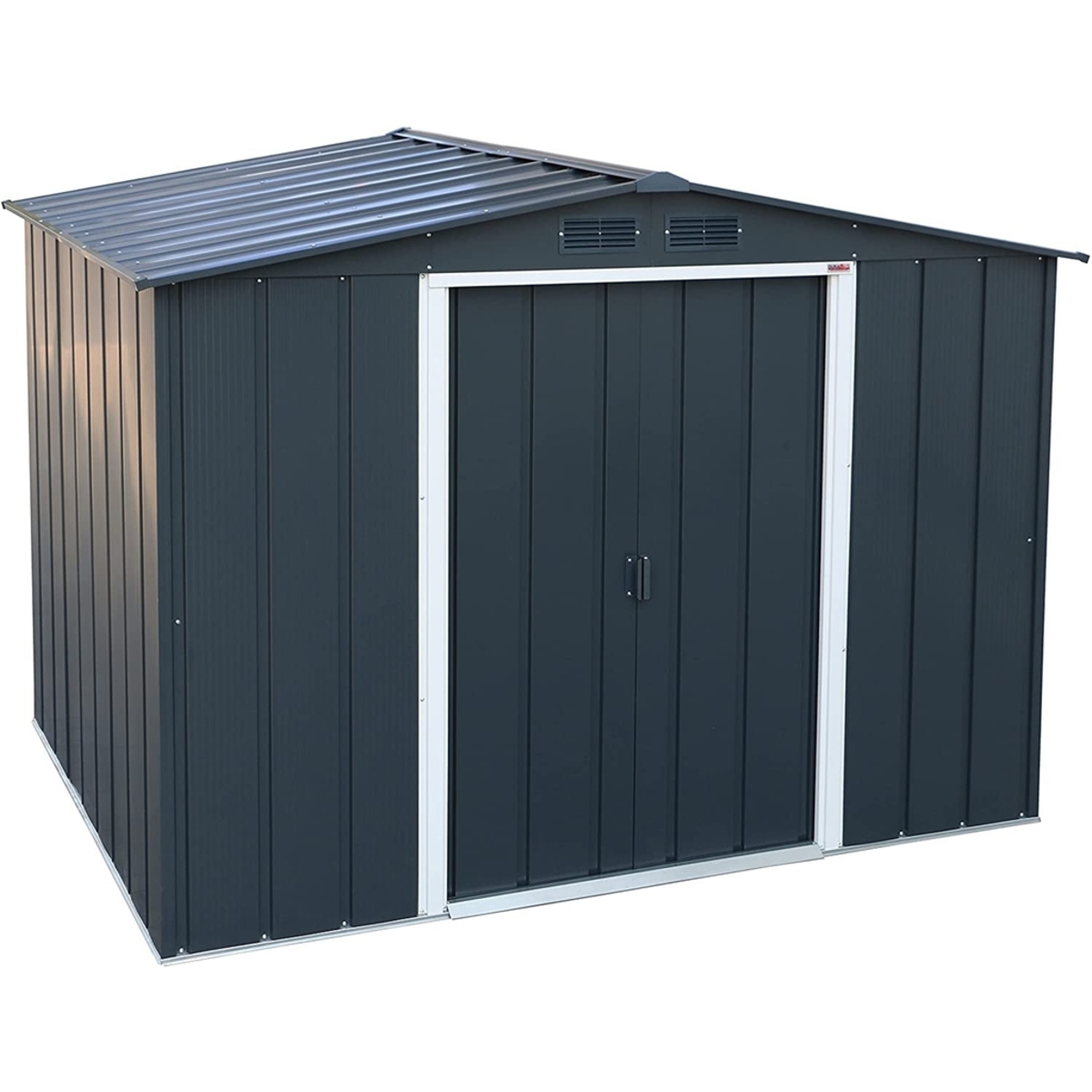
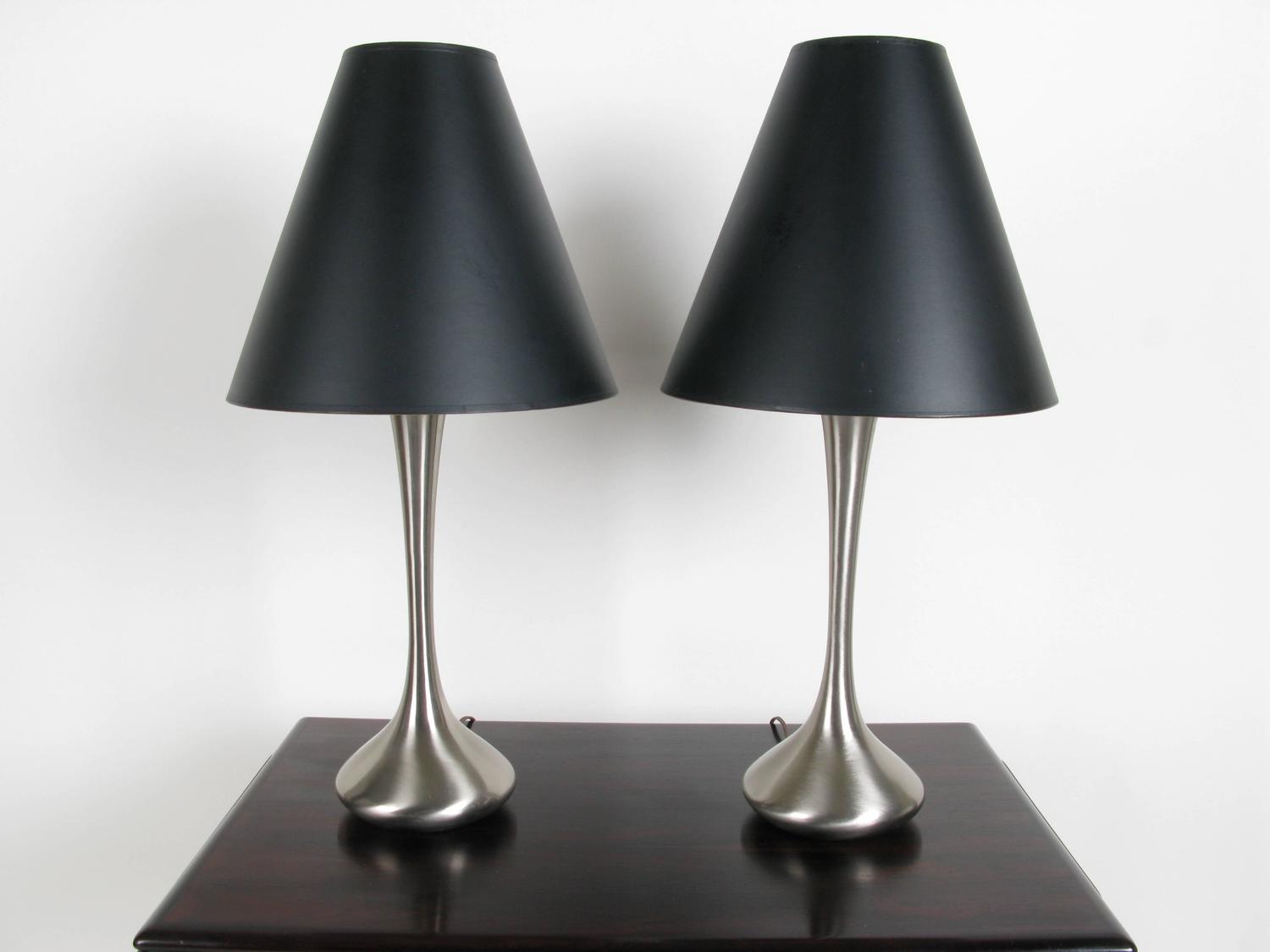
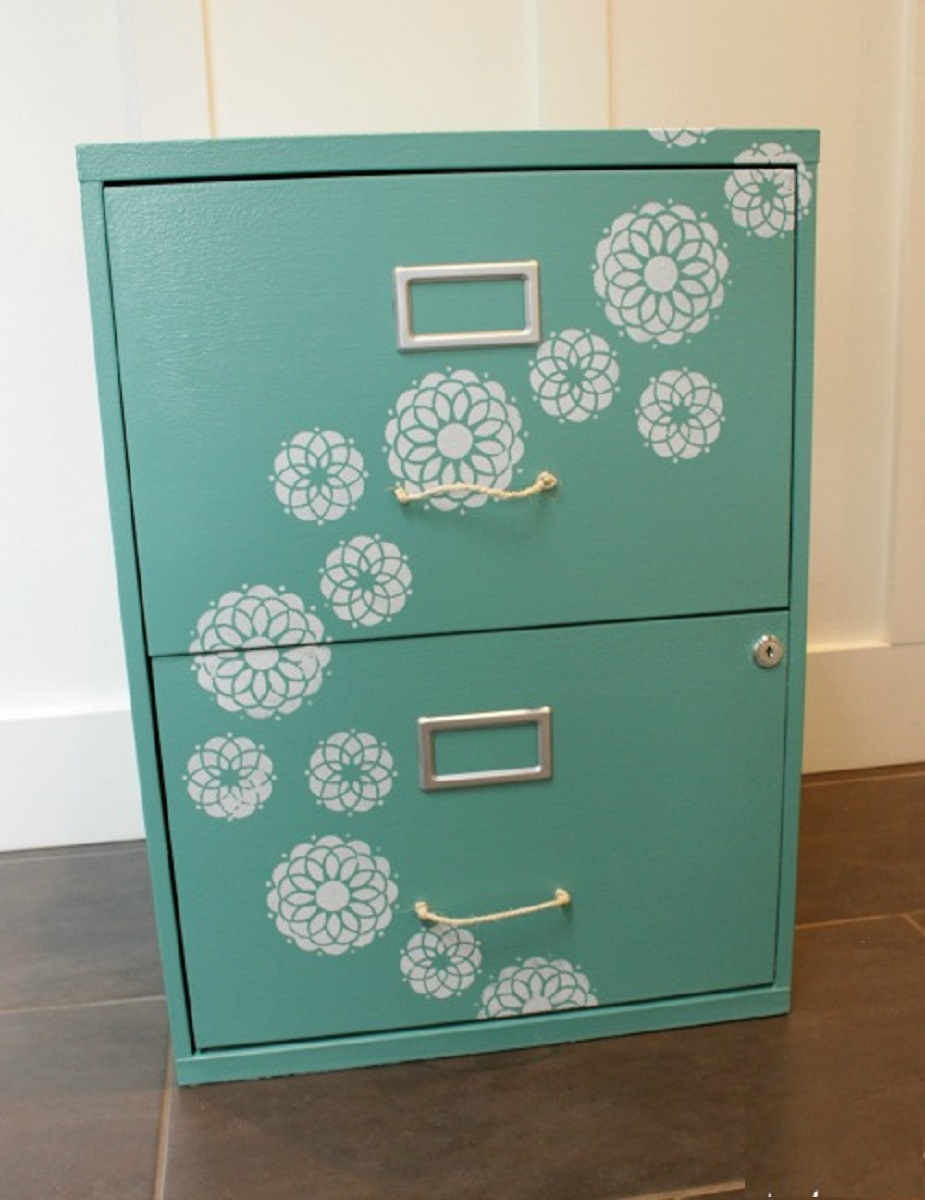
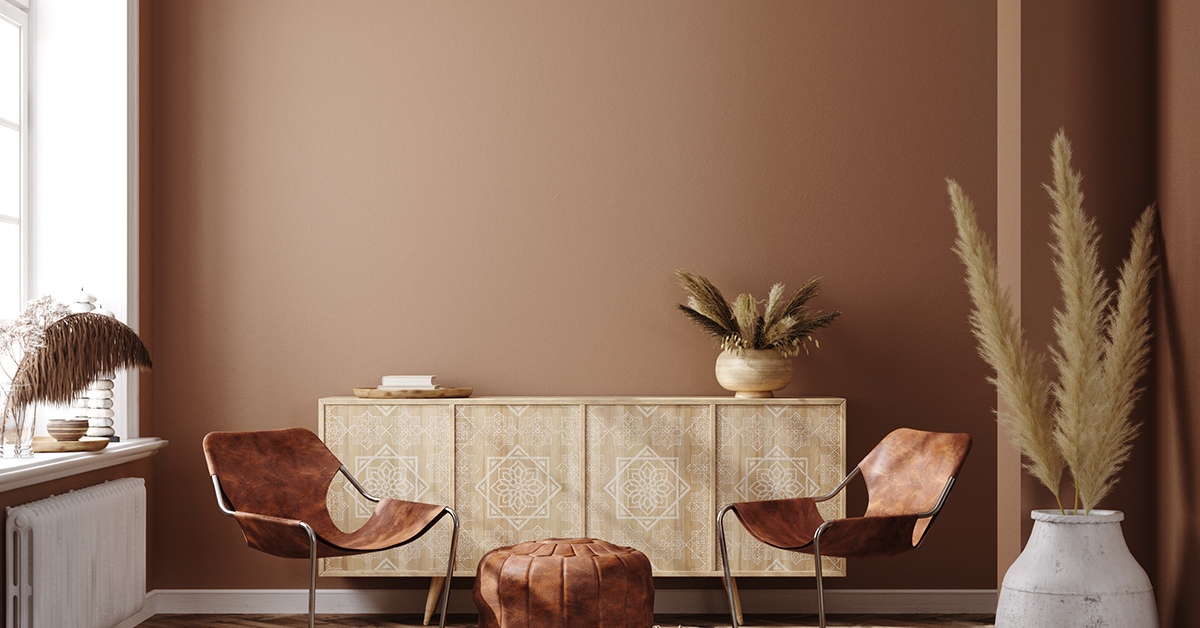
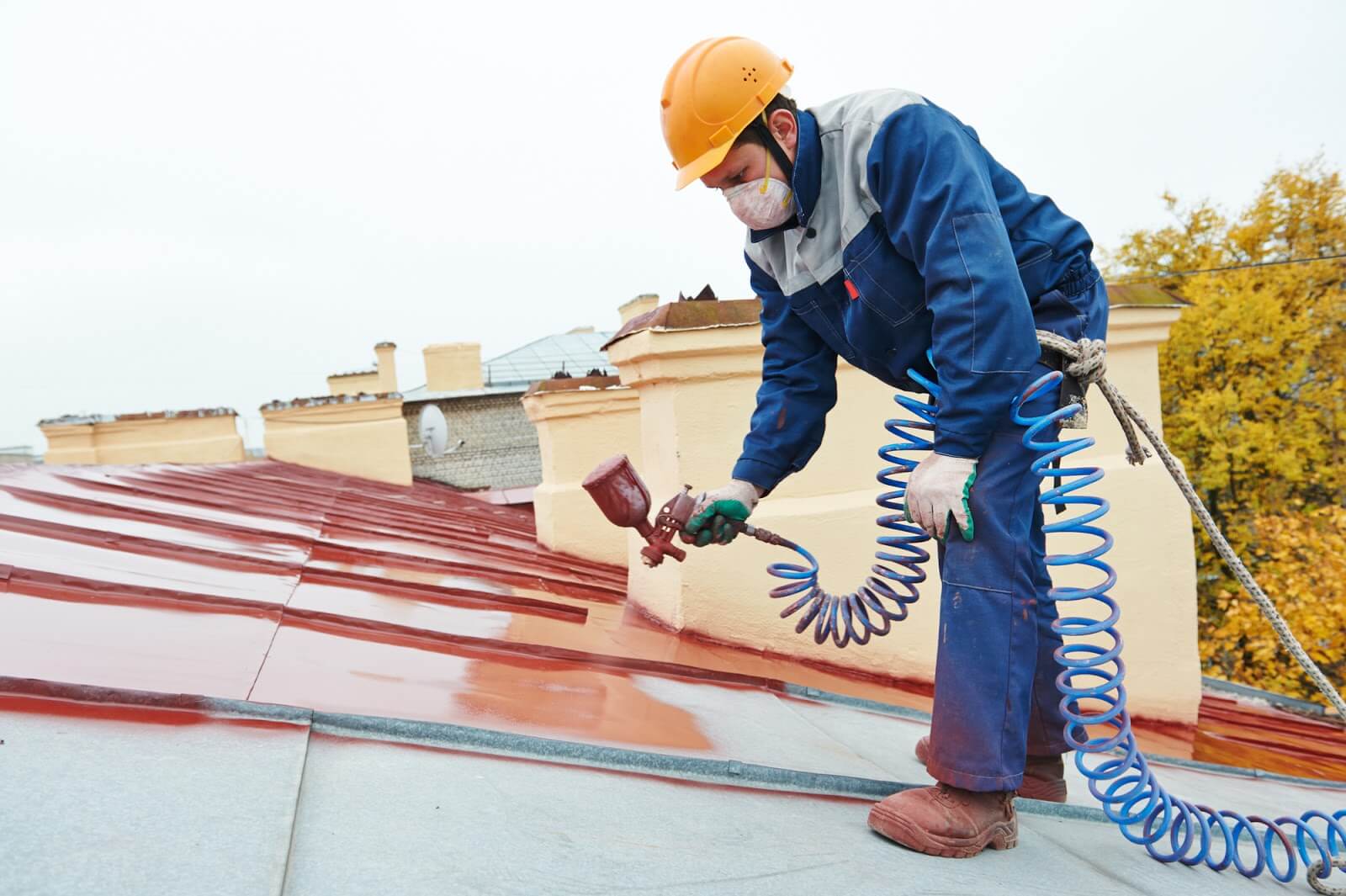
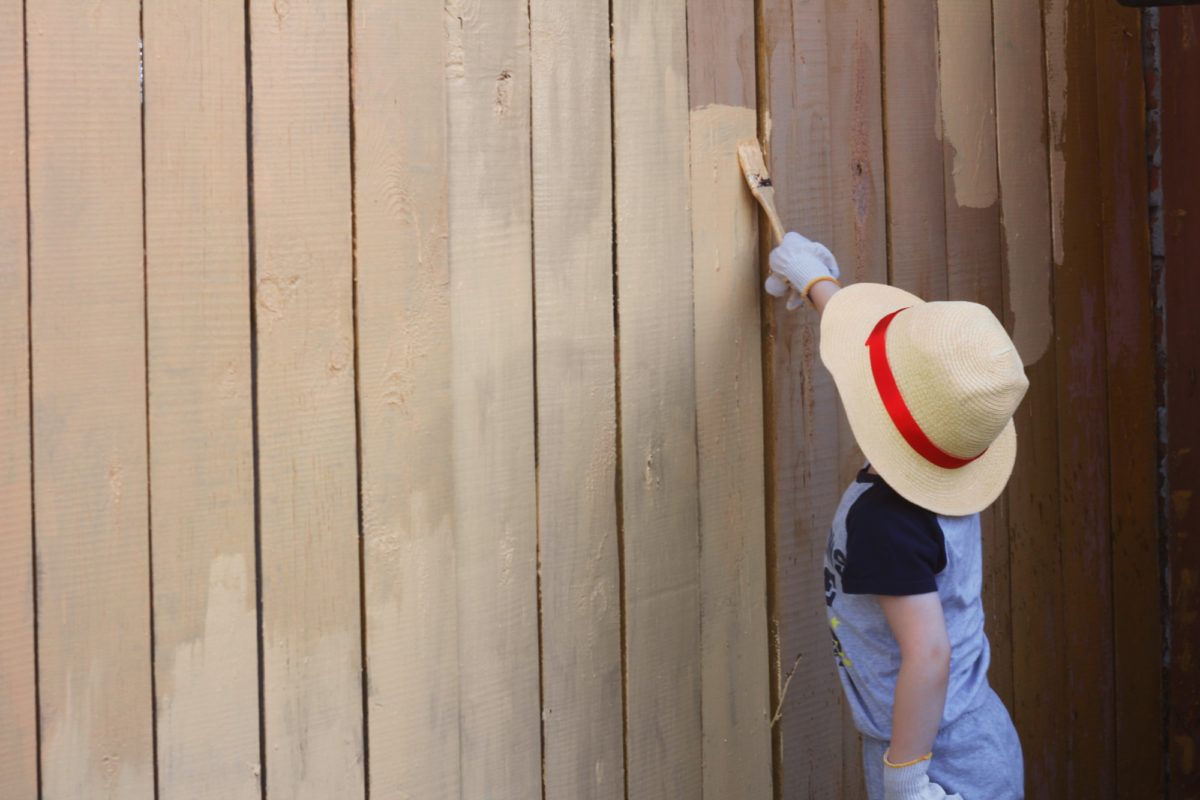
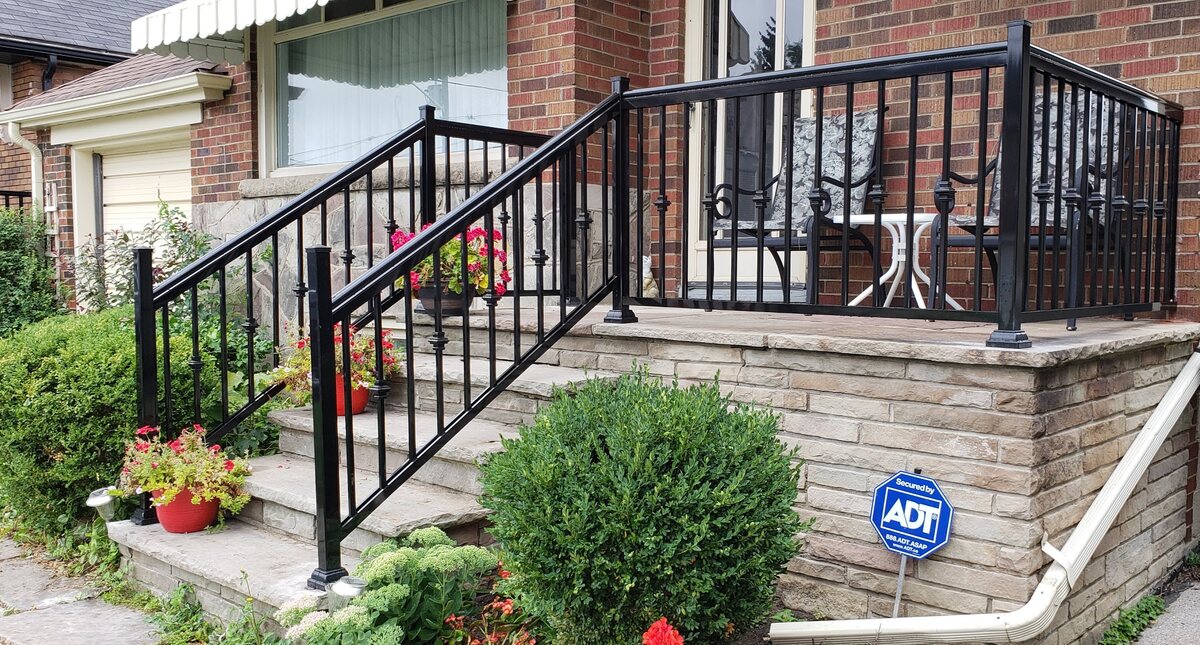
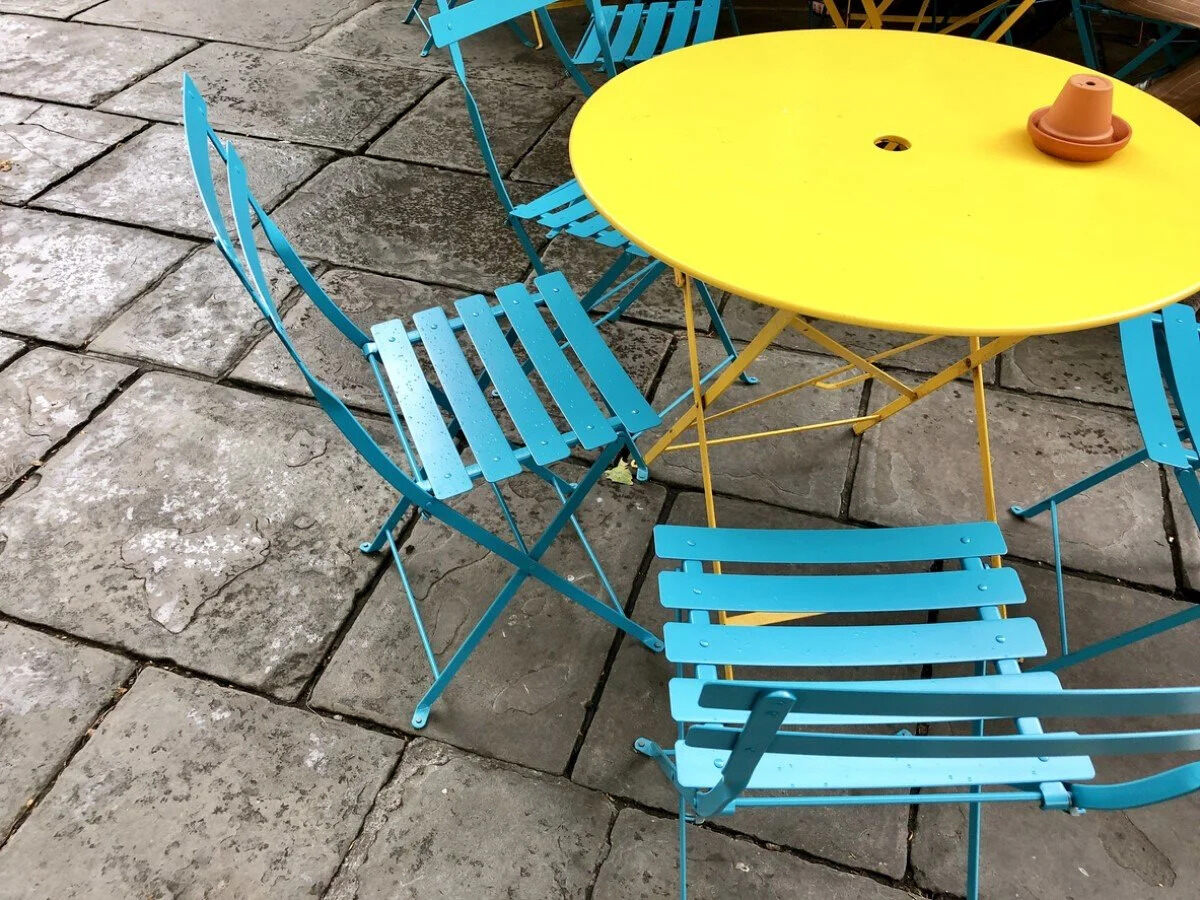
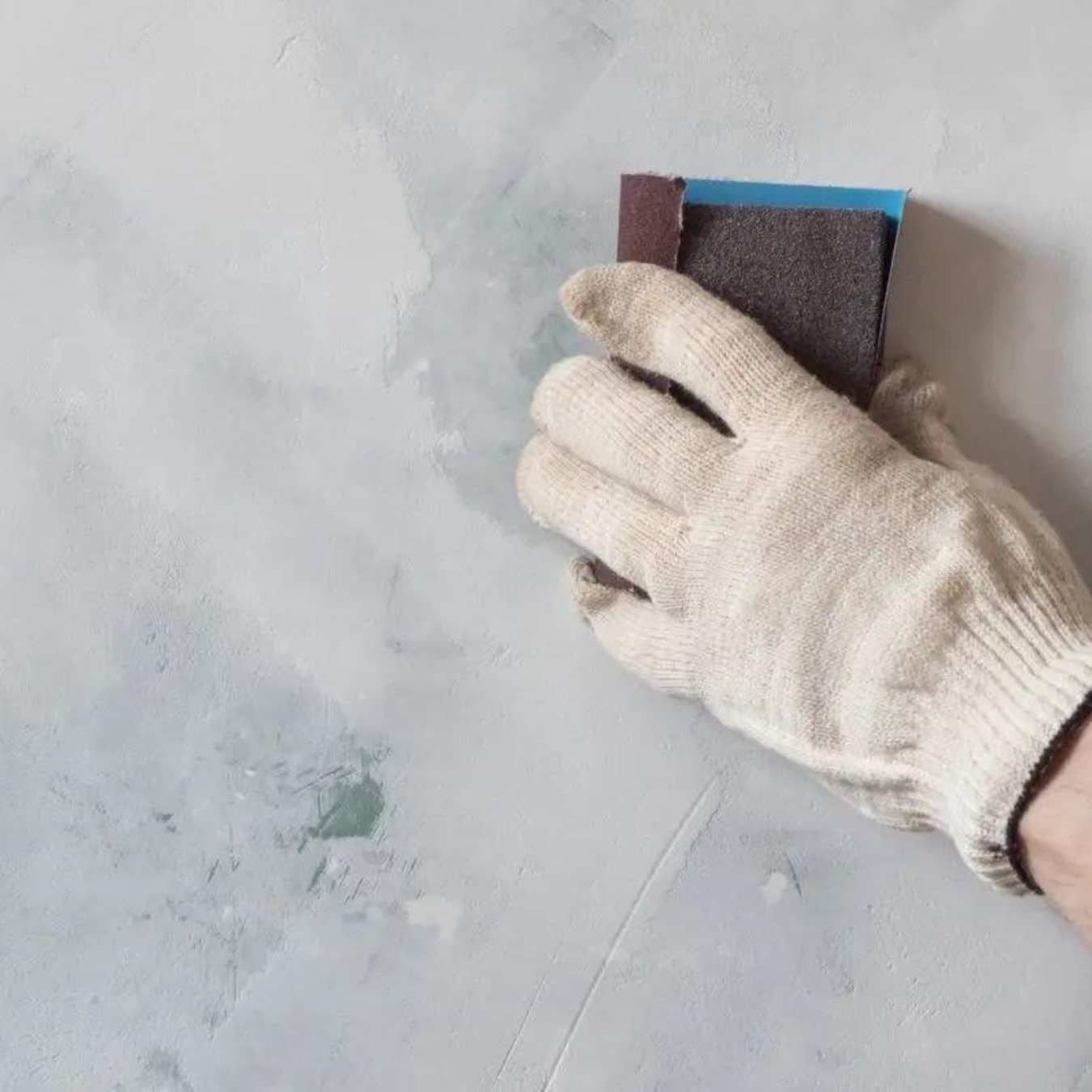
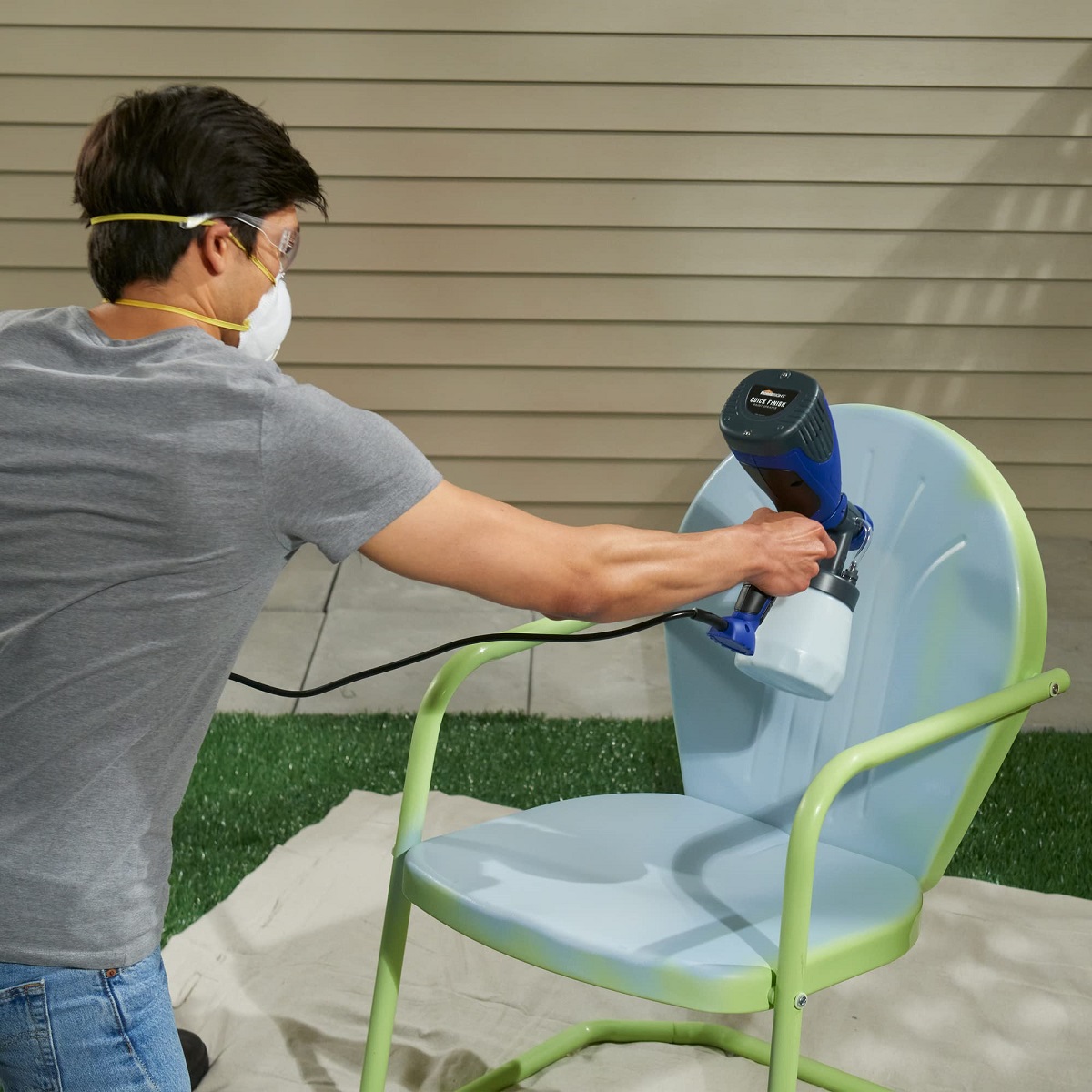
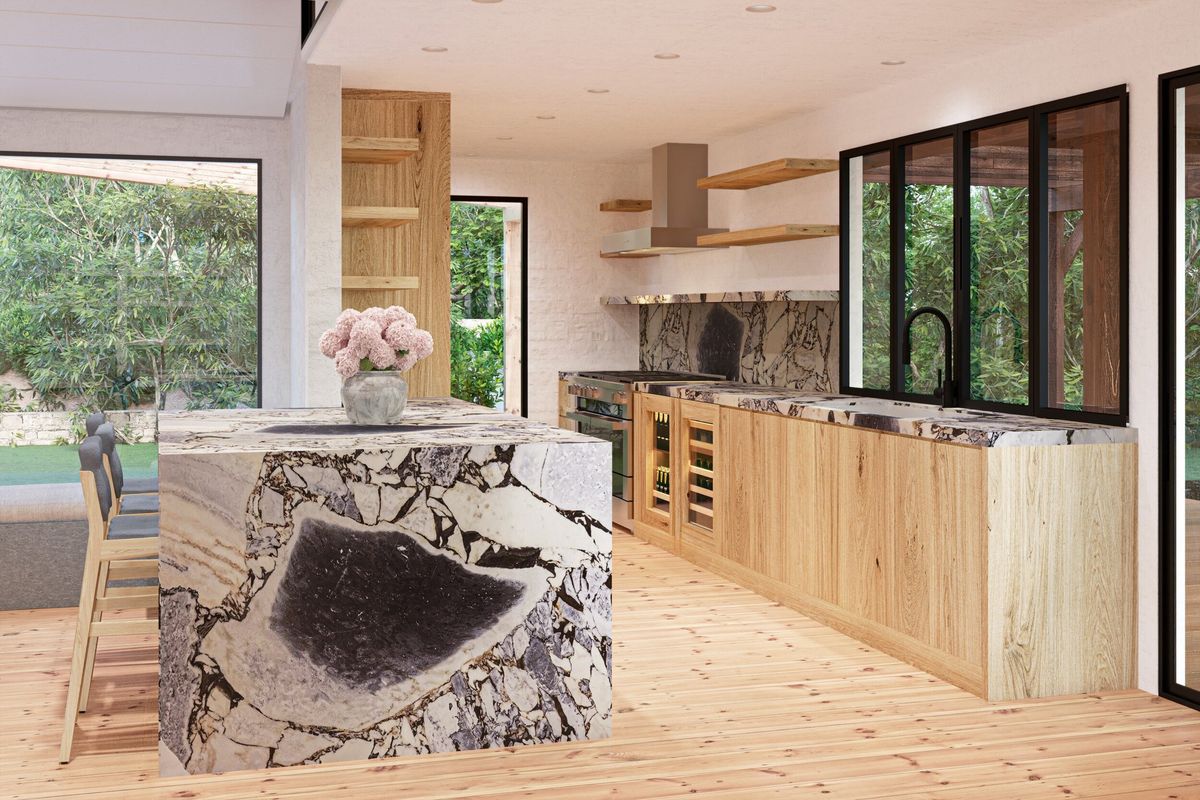
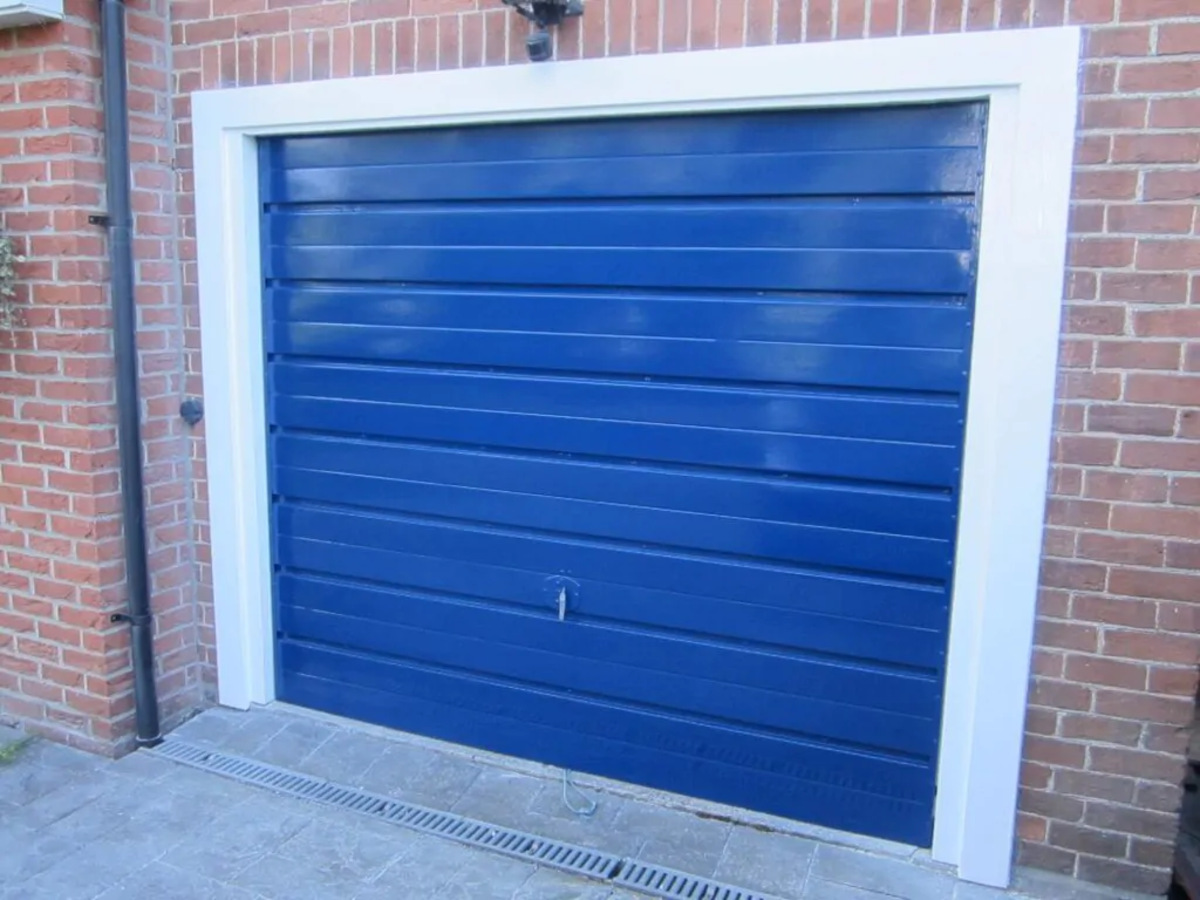
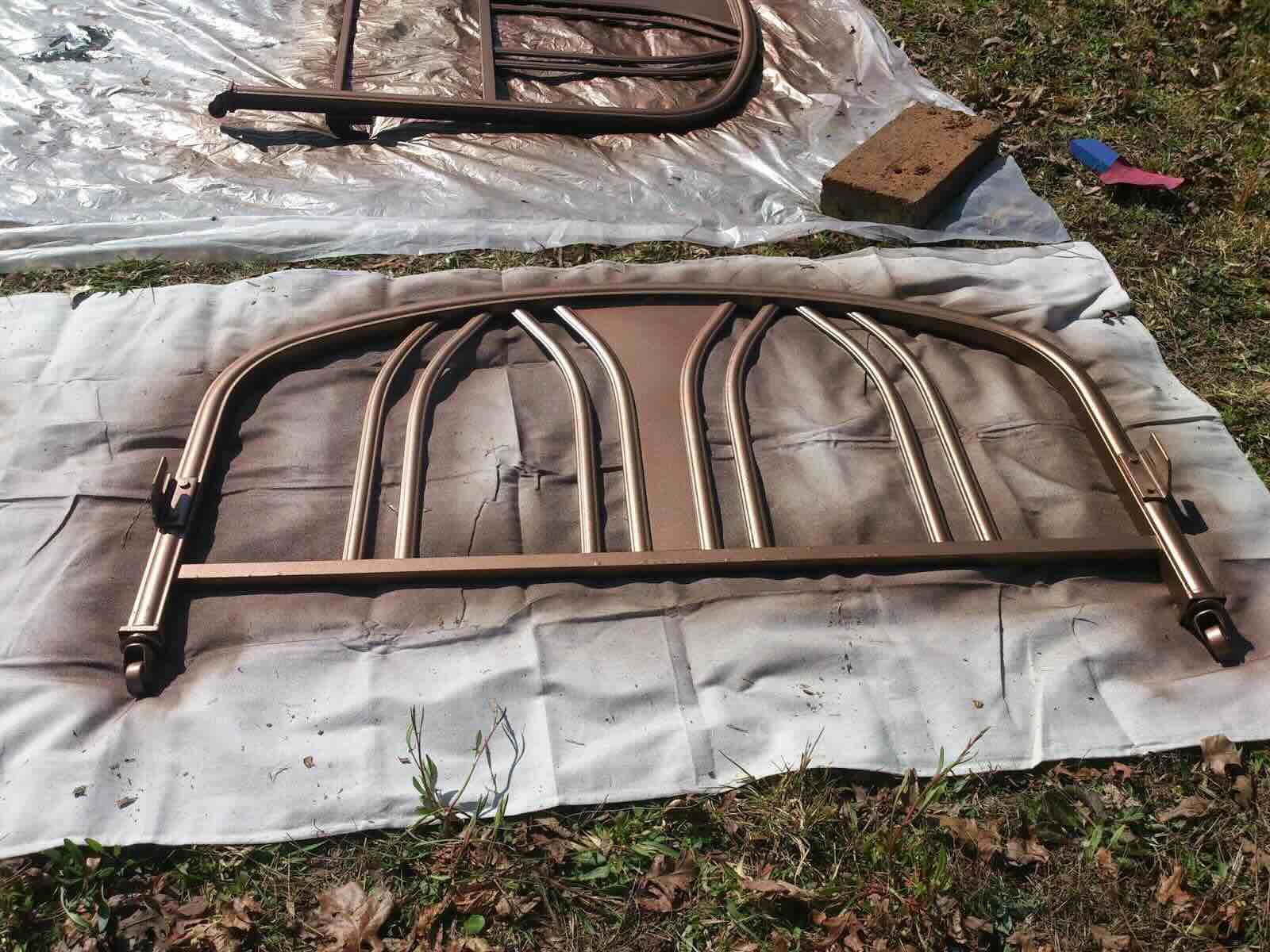

0 thoughts on “The Alchemy Of Metallic Paint Finishes”